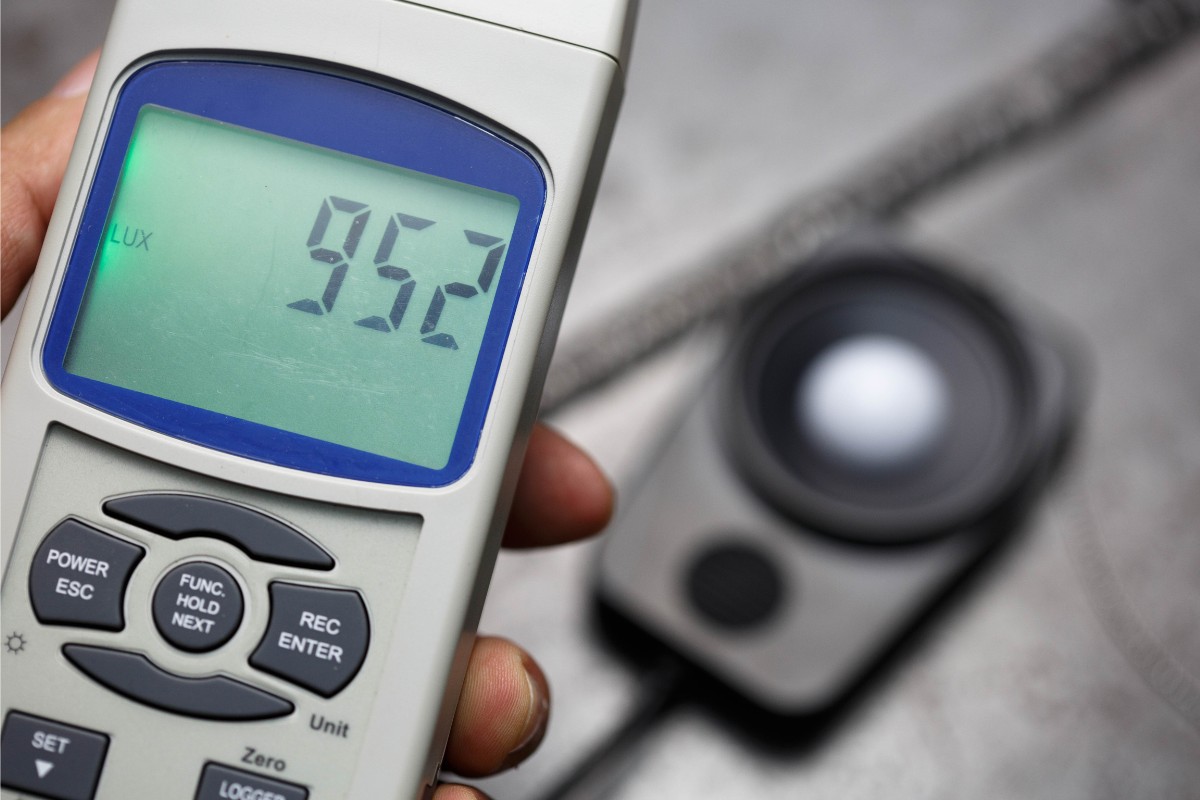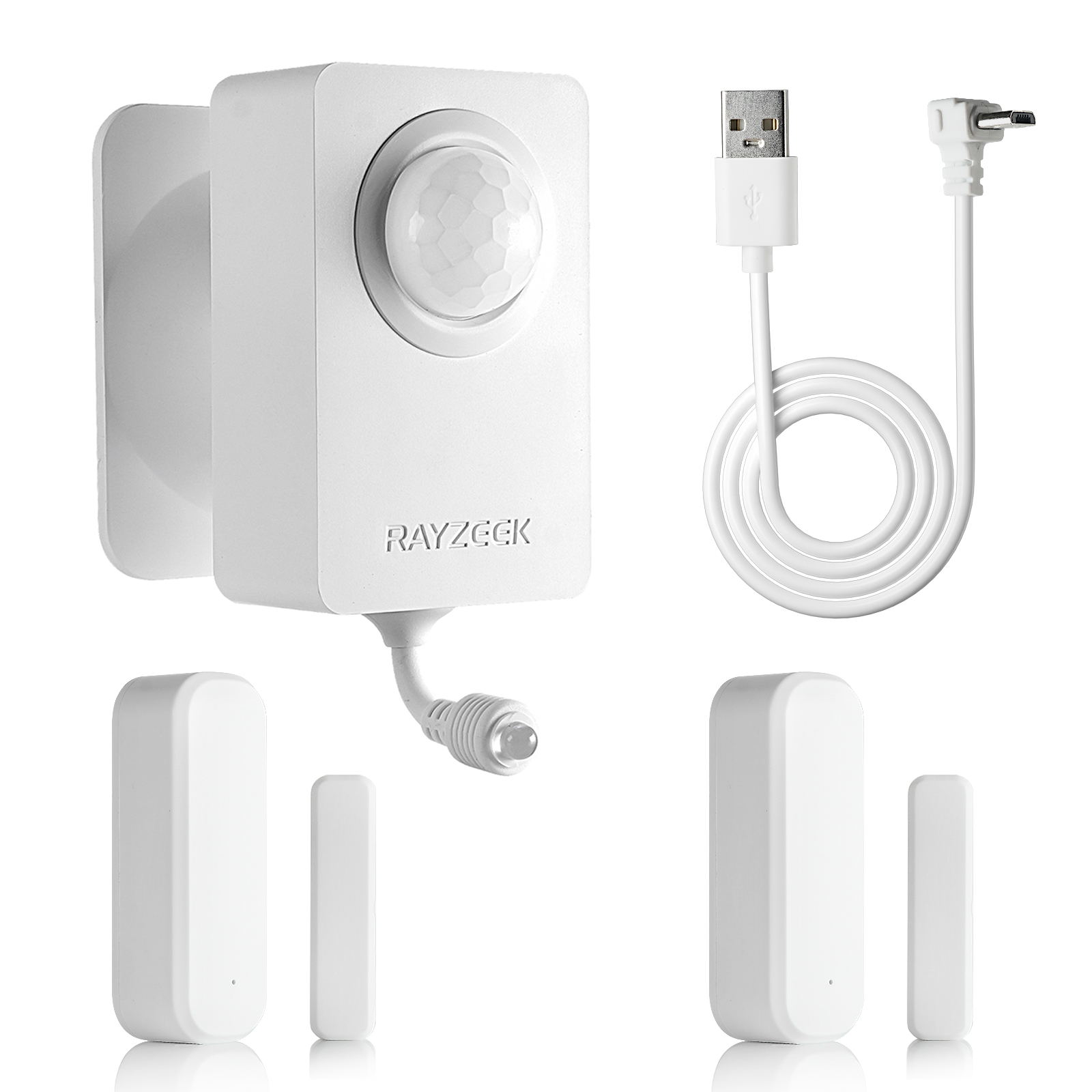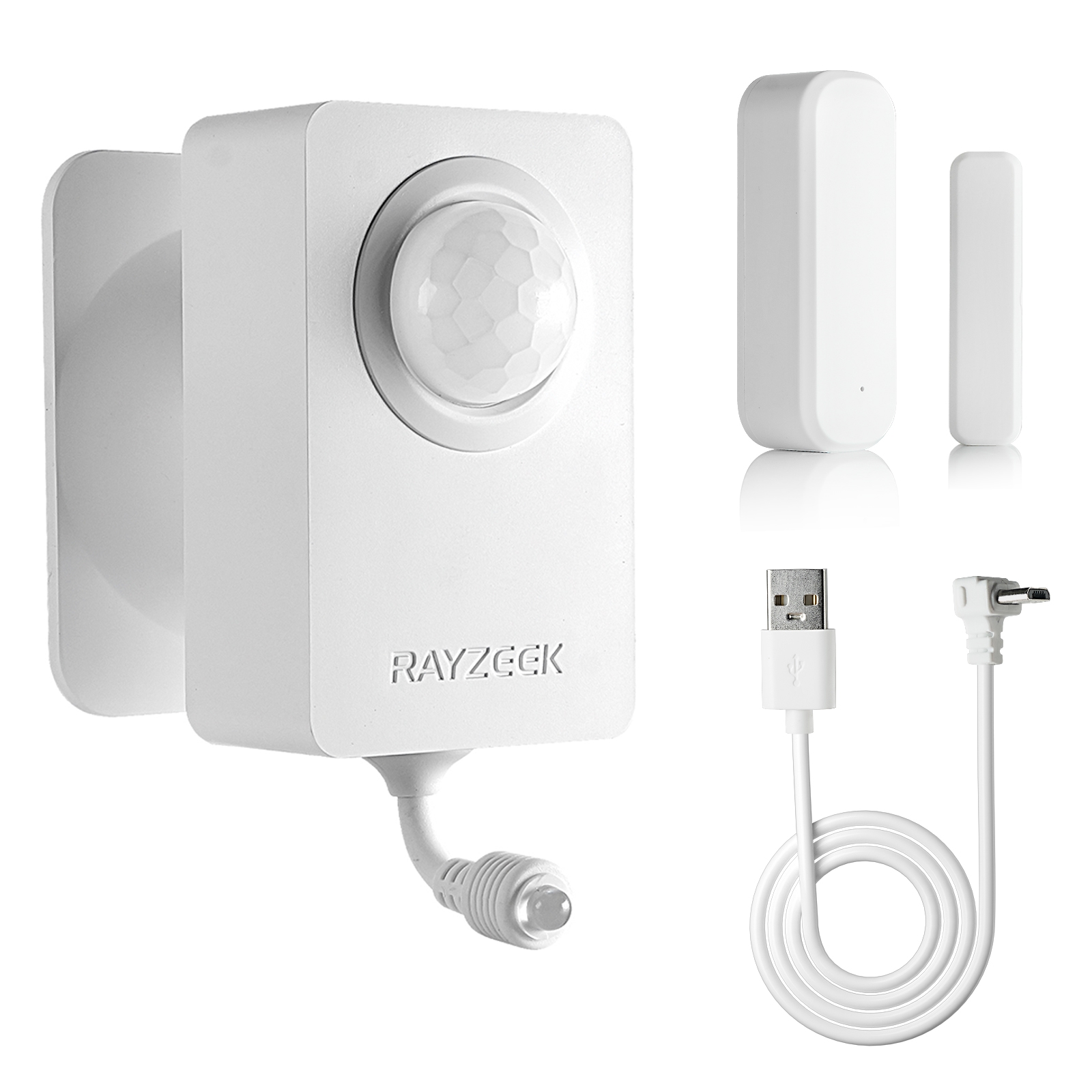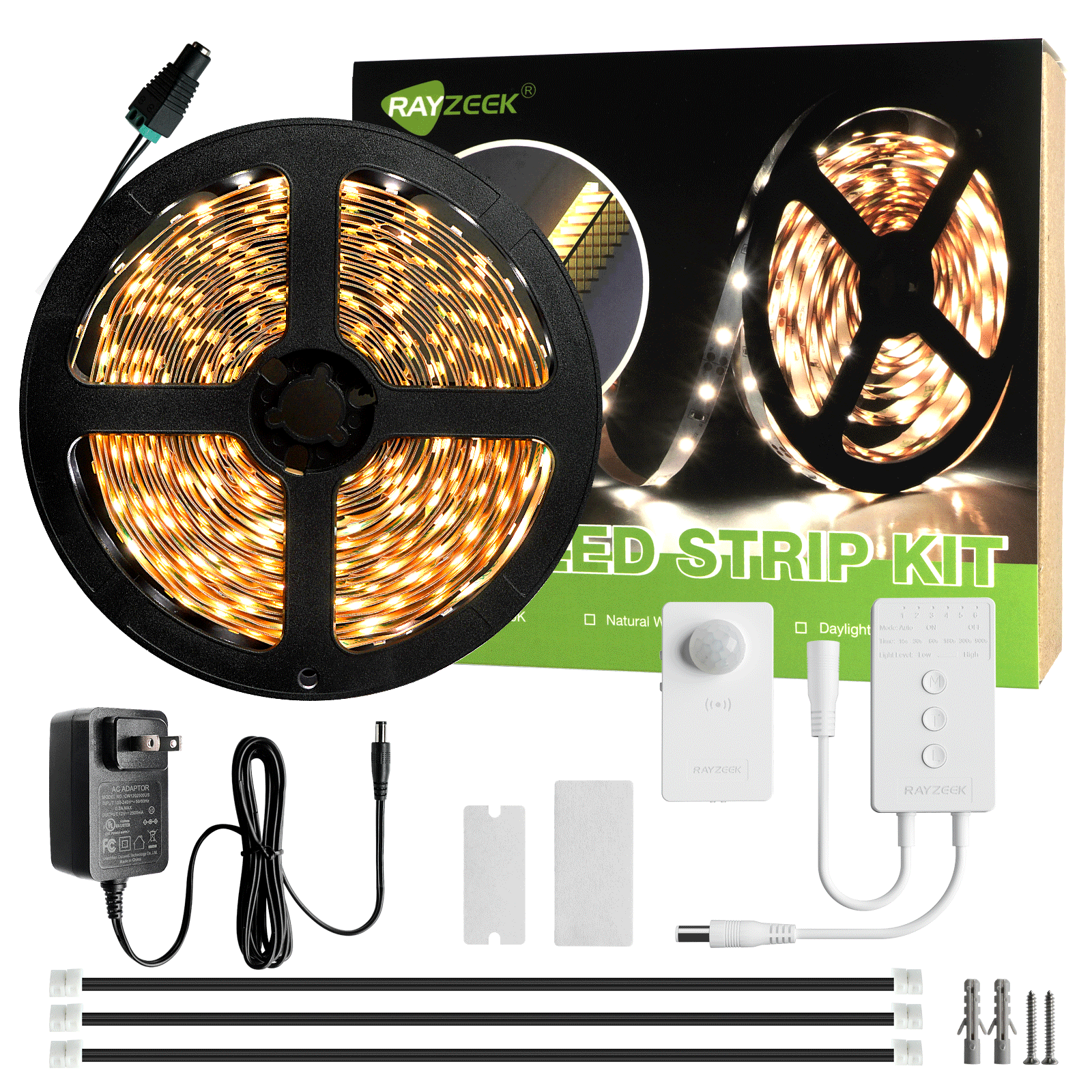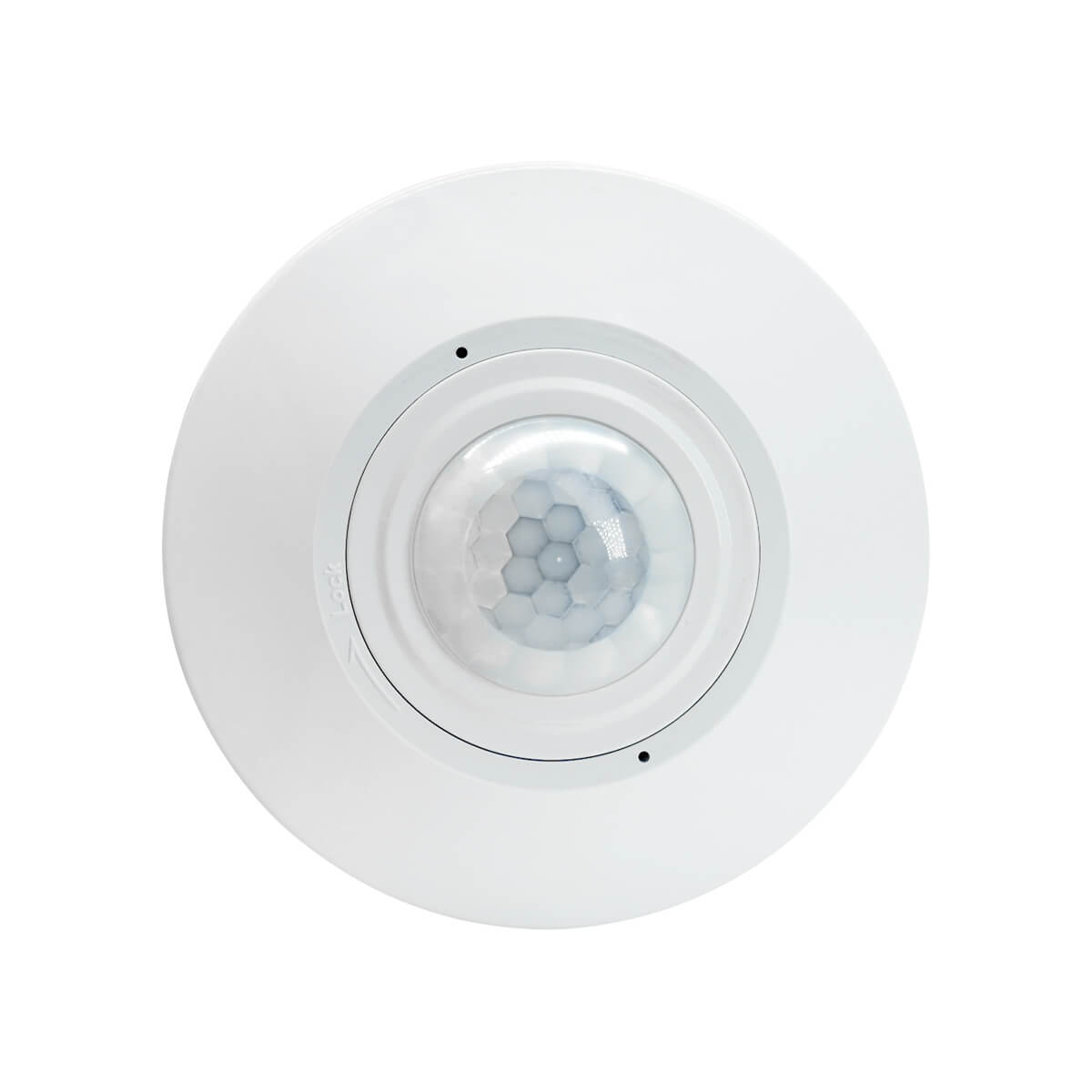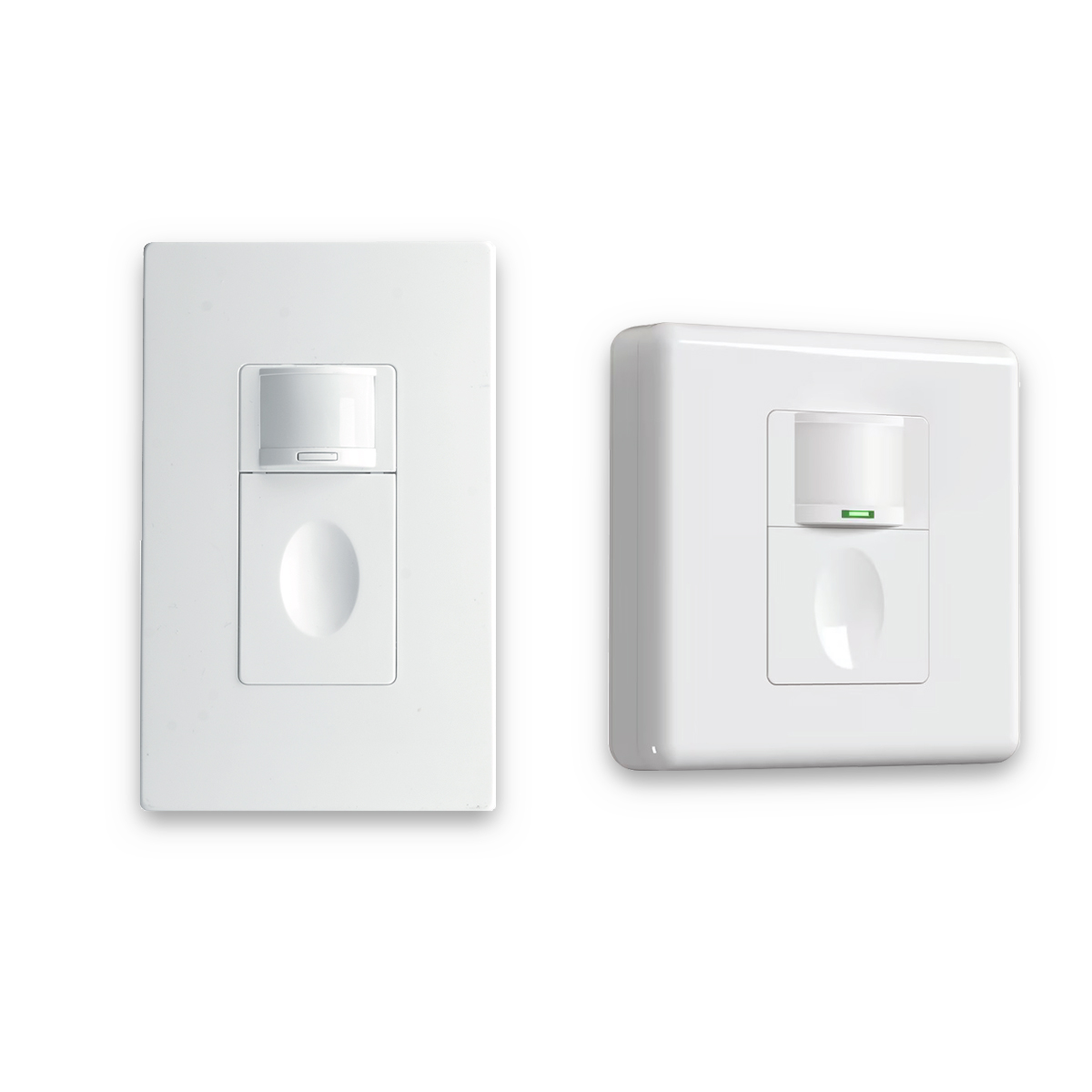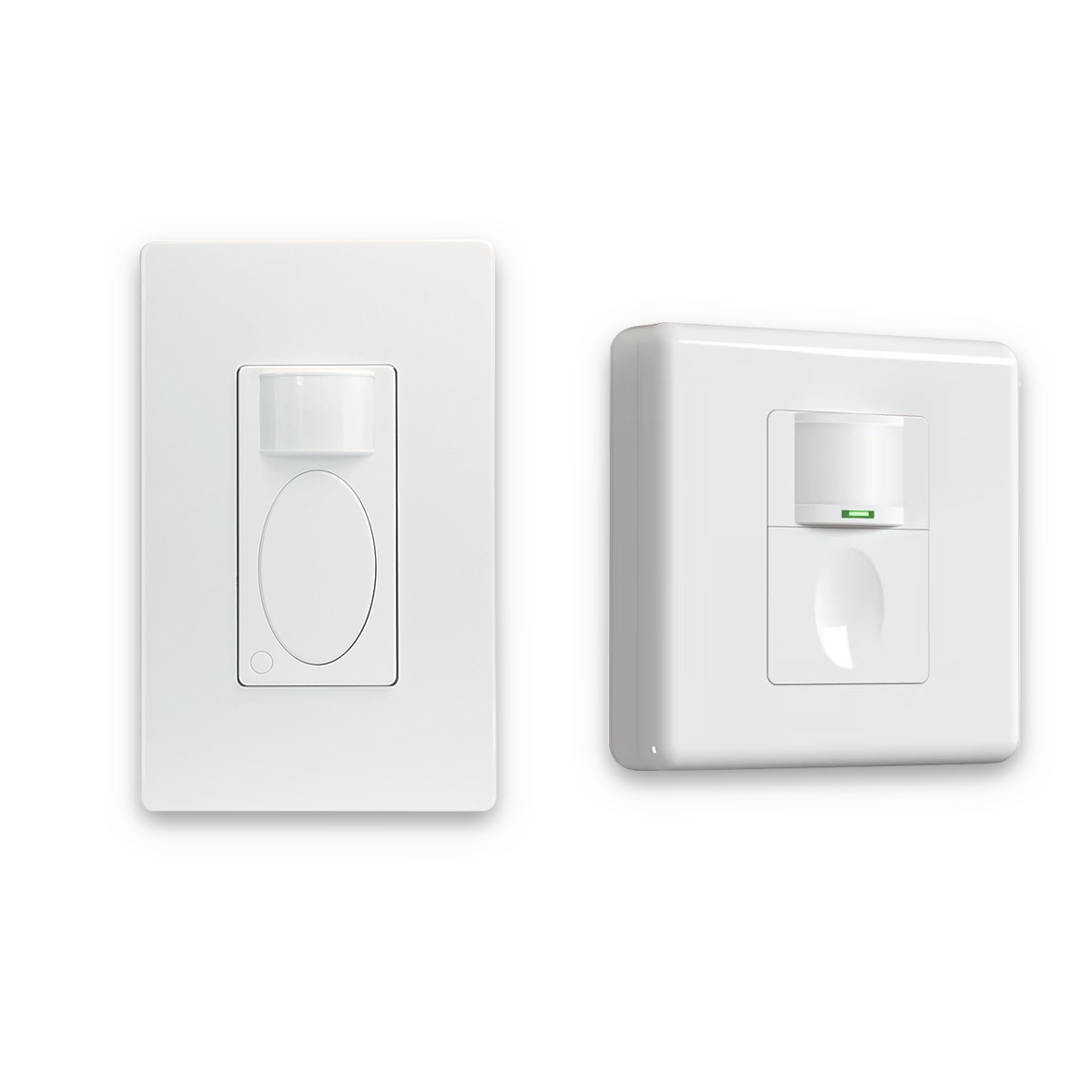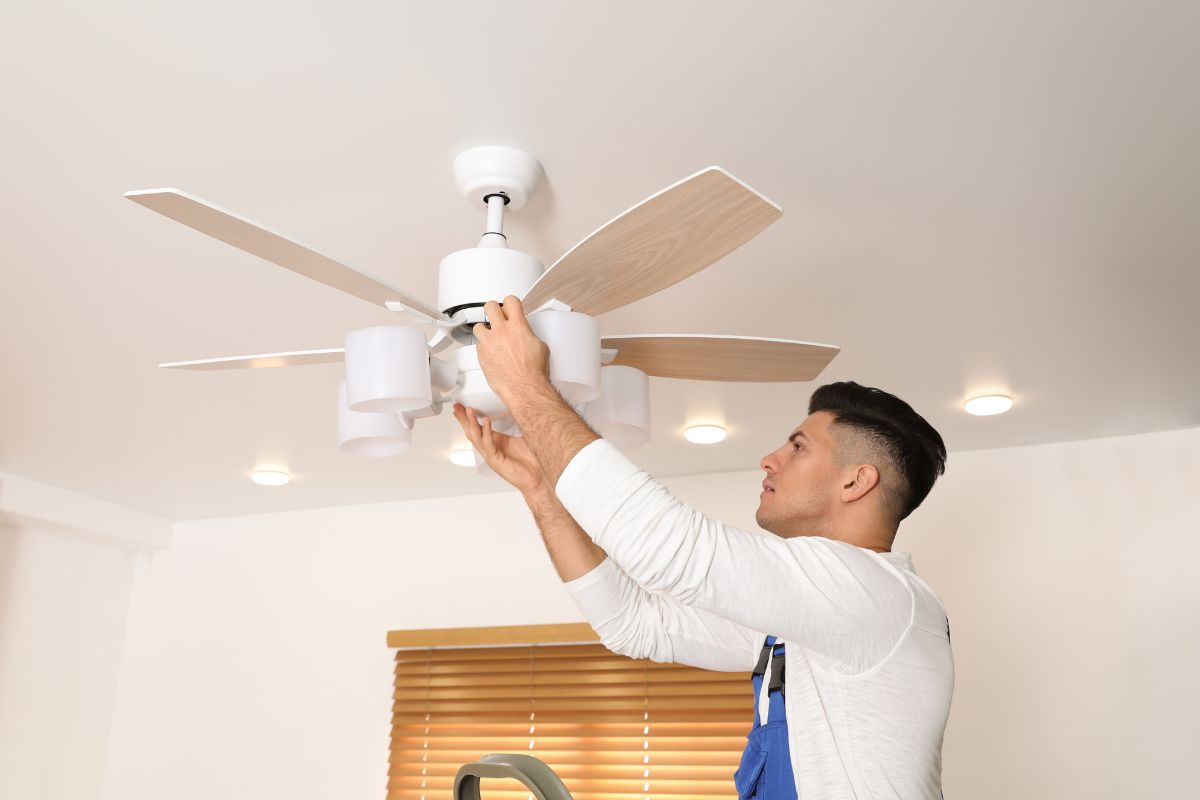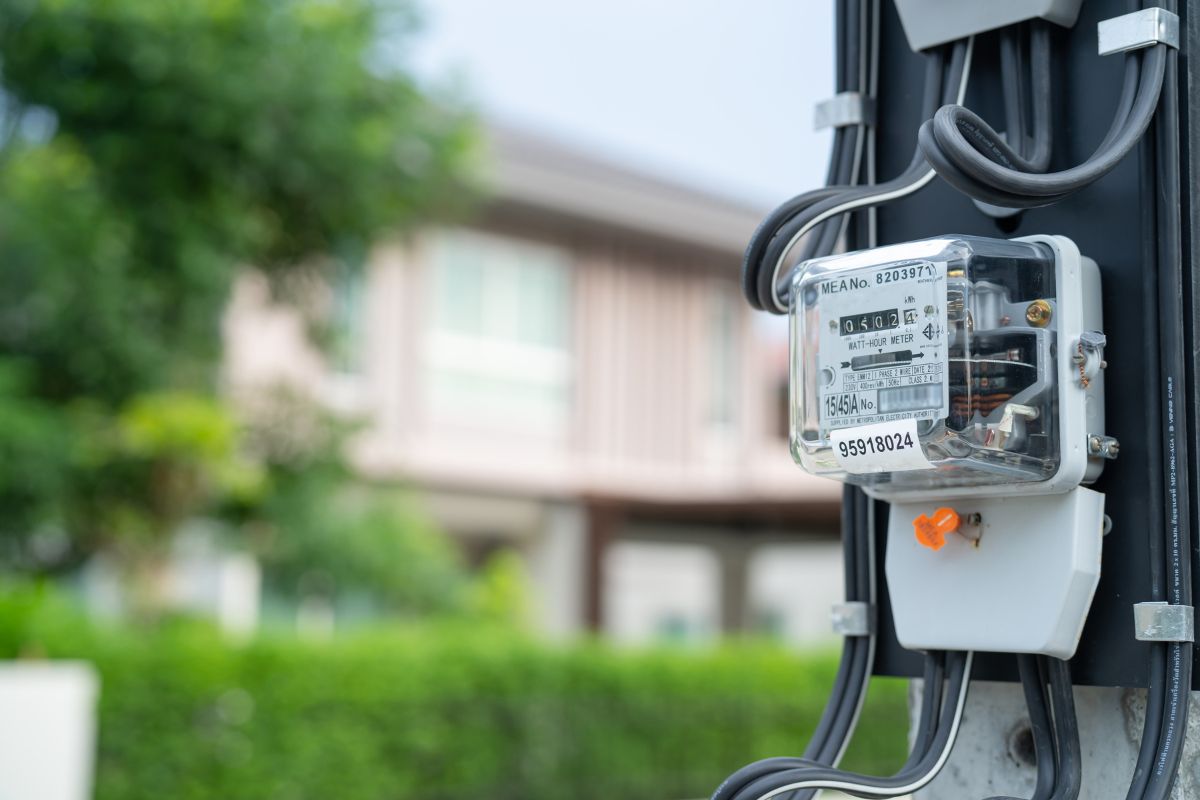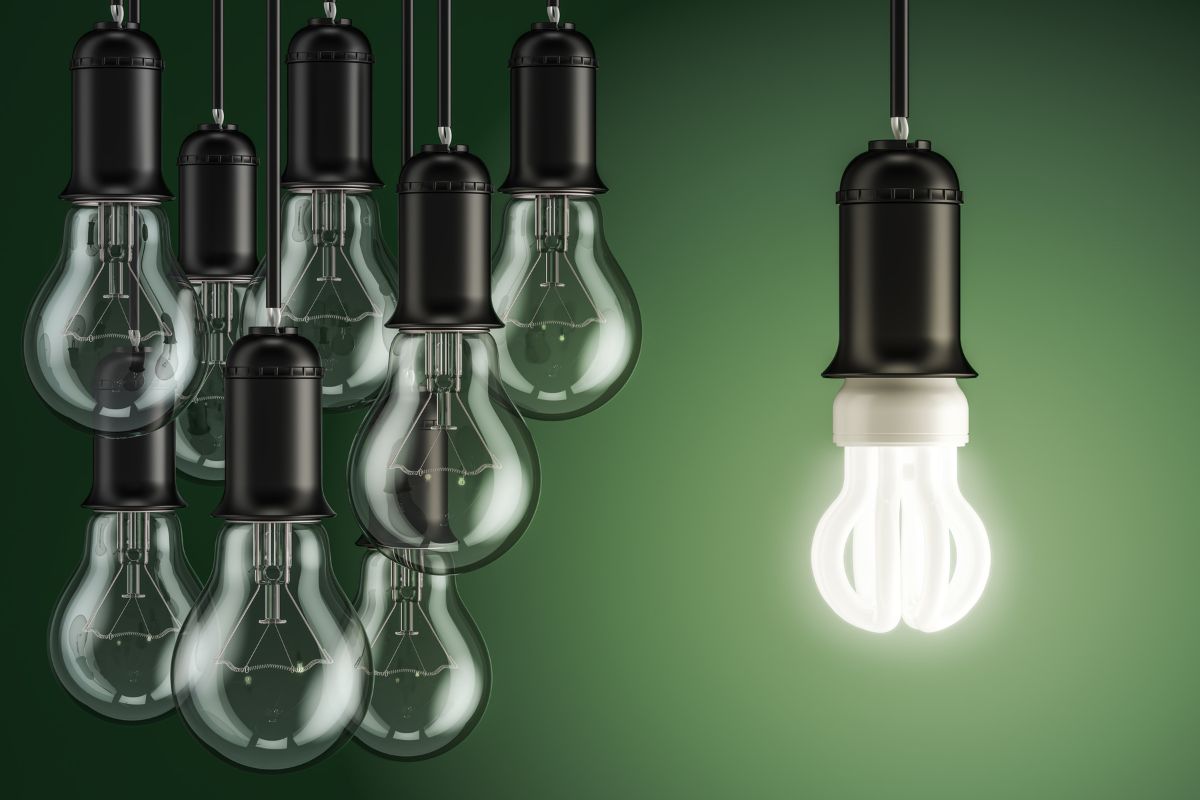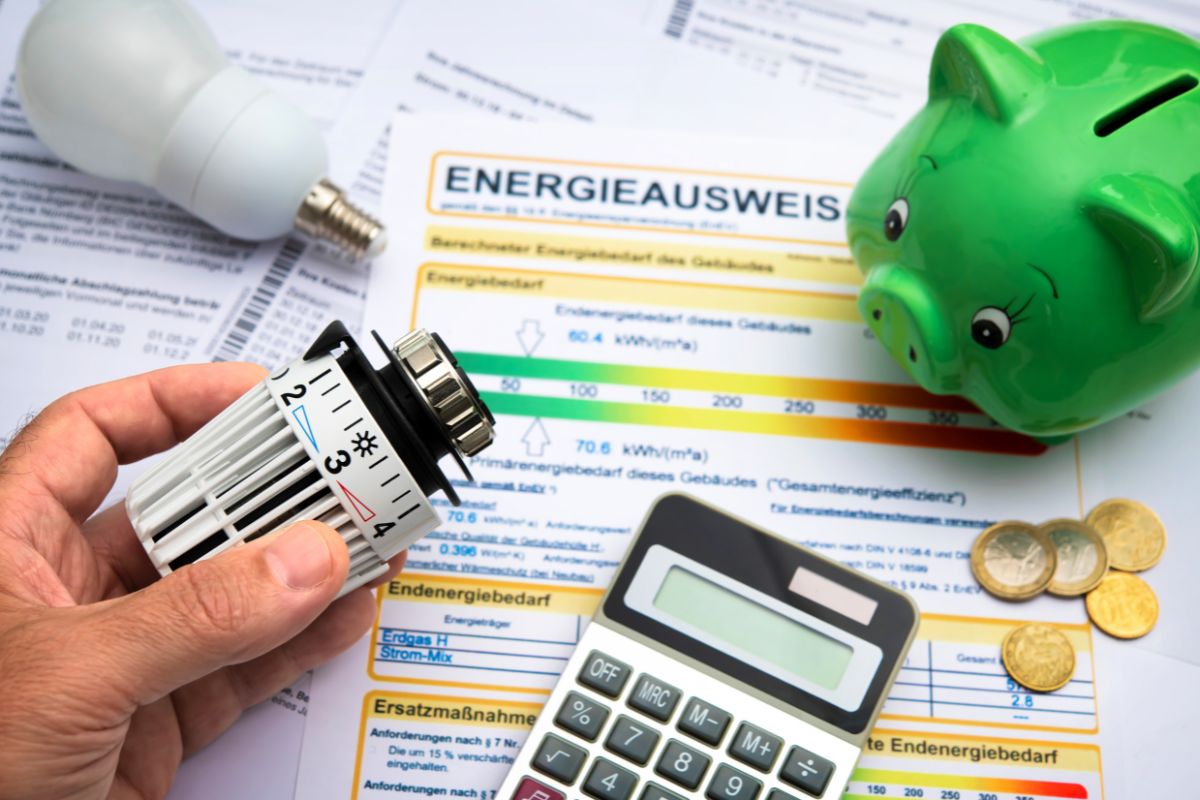חיישני אור הוזכרו ברבים מהמאמרים כאן. מכיוון שהייתי רוצה להעביר לך מידע נוסף על חיישני אור, החלטתי לכתוב מאמר נפרד בנושא. בפסקאות הבאות, אתאר בקצרה כיצד פועלים חיישני אור. לאחר מכן, אשתף אתכם בשימושים שונים של חיישני אור ואתאר מדוע לחיישנים חיצוניים יש פונקציות שונות מחיישנים פנימיים - תראו היכן וכיצד ניתן להשתמש בחיישנים וכיצד תוכלו להפיק מהם תועלת.
הבחנה בין חיישני אור לחיישני תנועה
קודם כל, חשוב להבחין בין חיישני אור לחיישני תנועה. חיישני אור מיועדים לזהות אור (הם מסוגלים לדעת אם יש מספיק אור בחדר או אם הם צריכים להדליק אורות נוספים), ואילו חיישני תנועה מיועדים לזהות תנועה (עקרון הפעולה שלהם פשוט - אם הם מזהים תנועה, הם מדליקים את האור; אם לא מזוהה תנועה במשך זמן מה, החיישן יכבה את האור).
סוגי חיישני אור
ישנם מספר סוגים שונים של חיישני אור, והנפוץ ביותר נקרא חיישן פוטו-תא. פוטו-תא משנה את ההתנגדות שלו כאשר אור זורח עליו, ולכן הוא נקרא גם פוטורזיסטור. פוטו-תא מסוגל גם לזהות את עוצמת האור (ההתנגדות משתנה עם עוצמת האור).
ניתן להשתמש בחיישני אור בתוך הבית או מחוצה לו.
יישומים חיצוניים של חיישני אור
אורות חיצוניים מחוברים בדרך כלל לחיישני אור. החיישן מדליק את האור כאשר הוא מבחין שאין מספיק אור טבעי בחוץ (בדרך כלל עם רדת הדמדומים). לאחר מכן האורות כבים עם עלות השחר (כאשר השמש מתחילה לזרוח על החיישן). אם תרצו, תוכלו לשלב חיישן אור עם טיימר - האורות נדלקים עם רדת הדמדומים, אך הם כבים שוב בשעה 2 לפנות בוקר (או בכל שעה אחרת שתבחרו).
ניתן לשלב חיישני אור חיצוניים גם עם חיישני תנועה, מה שאומר שהאורות יידלקו רק כאשר מזוהה תנועה ועוצמת האור אינה מספקת. שילוב זה של חיישני אור ותנועה מועיל במיוחד לחיסכון באנרגיה, מכיוון שהוא מבטיח שהאורות דולקים רק כאשר הם נחוצים. תארו לעצמכם שיש לכם מתג חיישן תנועה המותקן בשביל הגישה או בחצר האחורית שלכם - האורות יידלקו אוטומטית כאשר מישהו מתקרב, ויספקו תחושת ביטחון ונוחות.
קבל השראה מתיקי חיישני התנועה של Rayzeek.
לא מוצא את מה שאתה רוצה? אל תדאג. תמיד יש דרכים חלופיות לפתור את הבעיות שלך. אולי אחד מתיק העבודות שלנו יכול לעזור.
חיישני אור חיצוניים פופולריים מכיוון שהם חוסכים לכם כסף (האור נדלק רק כשאתם צריכים אותו), גורמים לכם להרגיש בטוחים יותר (בית מואר היטב יגרום לפורץ לחשוב פעמיים), וגם משפרים את מראה הבית שלכם.
יישומים פנימיים של חיישני אור
שימוש בחיישני אור בתוך הבית יכול להיות קצת יותר מסובך. אין להתקין חיישני אור במסדרונות - מדוע תרצו לבזבז אנרגיה על תאורה של חלל כאשר אף אחד לא משתמש בו? חיישני תנועה הם בחירה טובה בהרבה בכל הנוגע למסדרונות, אלא אם כן אתם רוצים להאיר במיוחד חלק מסוים במסדרון שלכם (אולי יש לכם ציורים על הקיר או אקווריום במרכז).
יש להשתמש בחיישני אור עם תאורת אווירה, הדגשה ונוי בלבד, למעט בחדרים שבהם אתם זקוקים כל הזמן לתאורת משימות (אולי במשרדי עבודה). היתרון של חיישני אור הוא שהם יכולים להפוך תאורת נוי, הדגשה ואווירה לחסכונית יותר. אתם זקוקים לתאורה הזו רק כאשר האור הטבעי מאבד מכוחו ויש להתאים את עוצמת האור לעוצמתם של מקורות אור אחרים. חיישני אור נראים כמו הפתרון המושלם כאן - כאשר האור מופעל, הם יתאימו אוטומטית את עוצמת האור ותוכלו לשמור על המיקוד שלכם באורחים שלכם (במקום להתאים דימרים כדי לקבל את האור המושלם).
חיישני נוכחות: שילוב של זיהוי אור ותנועה
בנוסף לחיישני אור עצמאיים וחיישני תנועה, ישנם גם חיישני נוכחות המשלבים את שתי הפונקציות. חיישנים אלה מזהים גם תנועה וגם רמות אור בחדר, ומספקים פתרון יעיל עוד יותר לניהול אנרגיה.
כאשר חיישן נוכחות מזהה תנועה בחדר עם אור לא מספיק, הוא ידליק אוטומטית את האורות. לאחר שלא מזוהה תנועה במשך פרק זמן מוגדר, החיישן יכבה את האורות. זה מבטיח שהאורות דולקים רק כאשר משתמשים בפועל בחדר, מה שמוביל לחיסכון משמעותי באנרגיה לאורך זמן.
חיישני נוכחות שימושיים במיוחד בחללים כמו חדרי ישיבות, חדרי שירותים ואזורי אחסון שבהם יש צורך בתאורה לסירוגין. על ידי אוטומציה של בקרת התאורה בהתבסס על תפוסה בפועל ורמות אור, חיישנים אלה מבטלים את הצורך במיתוג ידני ומסייעים להפחית את בזבוז האנרגיה.
אולי אתה מעוניין
סיכום
אז, בואו נסכם במהירות - למדנו כיצד להבחין בין חיישני אור לחיישני תנועה, וגילינו כיצד פועלים חיישני אור, היכן משתמשים בהם (בחוץ ובפנים), והיכן כדאי להתקין אותם לקבלת האפקט הטוב ביותר. חקרנו גם את היתרונות של שילוב חיישני אור עם חיישני תנועה וטיימרים ליישומים חיצוניים, כמו גם את היתרונות של חיישני נוכחות לחללים פנימיים.
אני מקווה שהמאמר הזה עזר לכם להבין את היסודות של חיישני אור ושמצאתם כמה רעיונות לשימוש בהם בבית שלכם. על ידי שילוב פתרונות אלה לחיסכון באנרגיה, תוכלו לא רק להפחית את חשבונות החשמל שלכם, אלא גם לשפר את הנוחות, הנוחות והאבטחה של מרחב המחיה שלכם. אל תשכחו לקרוא את המאמרים האחרים שלי על חיישני אור ועיצוב תאורה לבית לקבלת טיפים והשראה נוספים.

